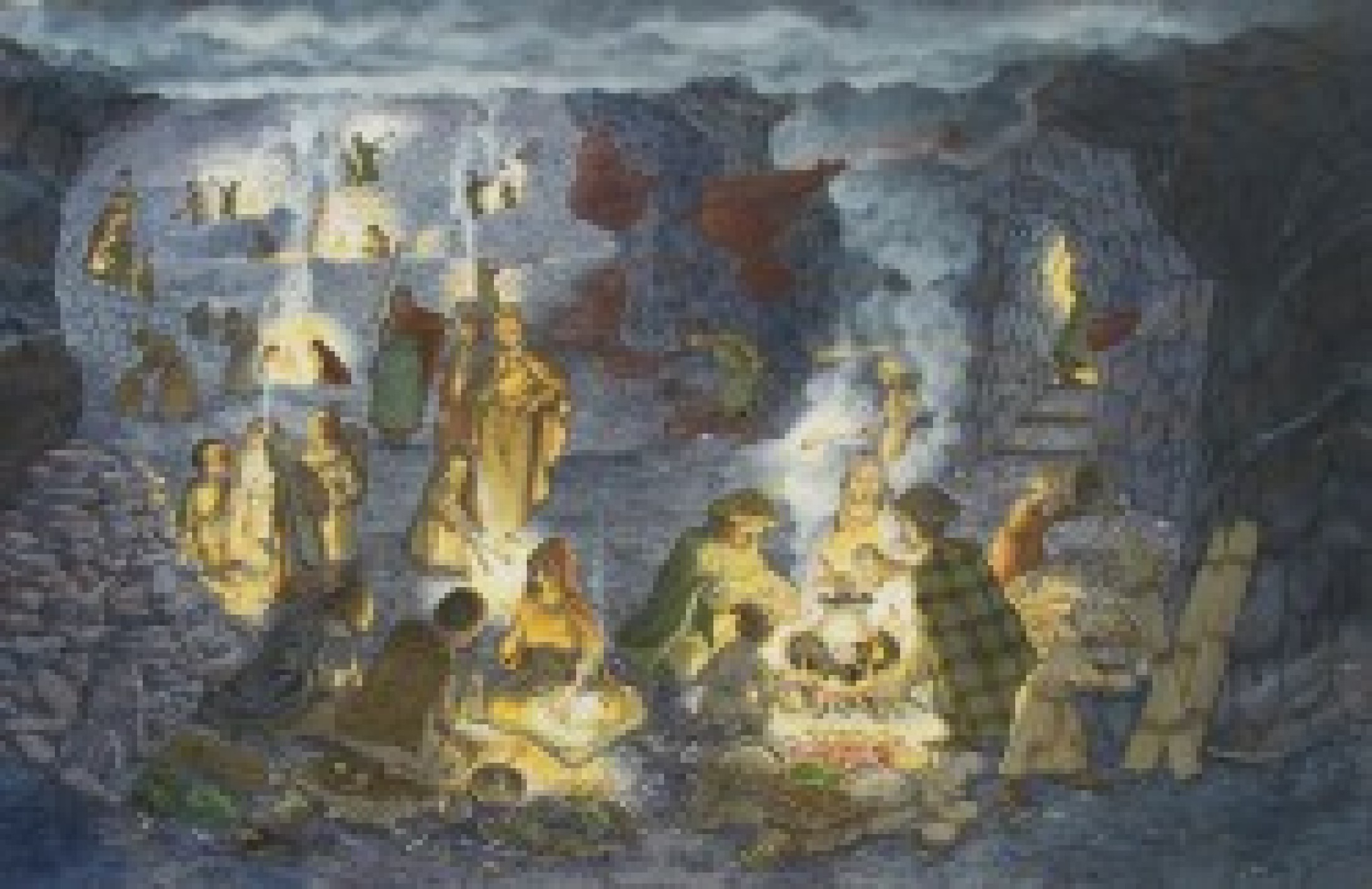The research of the Prehistoric Department is currently focused on the economic system in the surrounding area in addition
to the investigation of the burial ground and the mining facilities.
The Hallstatt Research Department has its own Website and also provides information on the latest news in two weblogs: The Stiegen-Blog provides an insight into the work surrounding
the relocation of the over 3,000-year-old wooden staircase from the Hallstatt salt mine. The blog „Wood for Salt“ provides information about the Sparkling Science project of the same name, in which schools from the Hallstatt area participated.
Mining
Contact:
In 1960, the Prehistoric Department began investigating the archaeological mining sites. For almost 4 decades, the former
director of the department and pioneer of Austrian mining archaeology Fritz Ekart Barth worked in the depths of the salt mountain
and thus created the basis for today's mining research. So far, mainly traces of Hallstatt and Bronze Age mining have been
recorded, giving us an extraordinary insight into the life and work of prehistoric people.
Under the direction of Dr. Hans Reschreiter, the organization and mining techniques that can be found underground are being
investigated. Due to the unique environmental conditions, organic materials in the Hallstatt salt mines have survived time
almost undamaged. Therefore, there are numerous remains of tools and equipment but also sophisticated technical aids that
allow a detailed reconstruction of the work processes in prehistoric mining.
The excavation of the tunnels, which were closed again by the mountain pressure, also provides unique remains of food and
clothing of the people of the Bronze and Hallstatt periods. Many institutions from a wide range of disciplines throughout
Europe are participating in the research of the Hallstatt salt mine, which allows the use of a wide range of different analyses
and methods.











